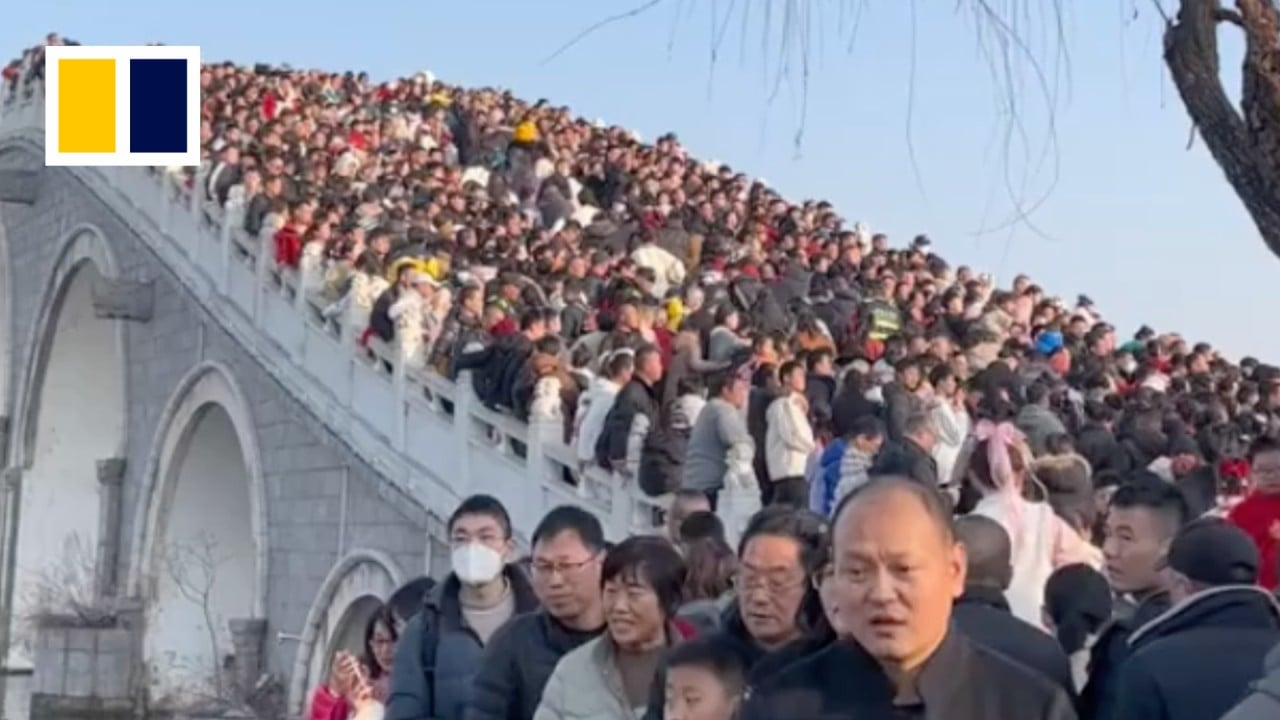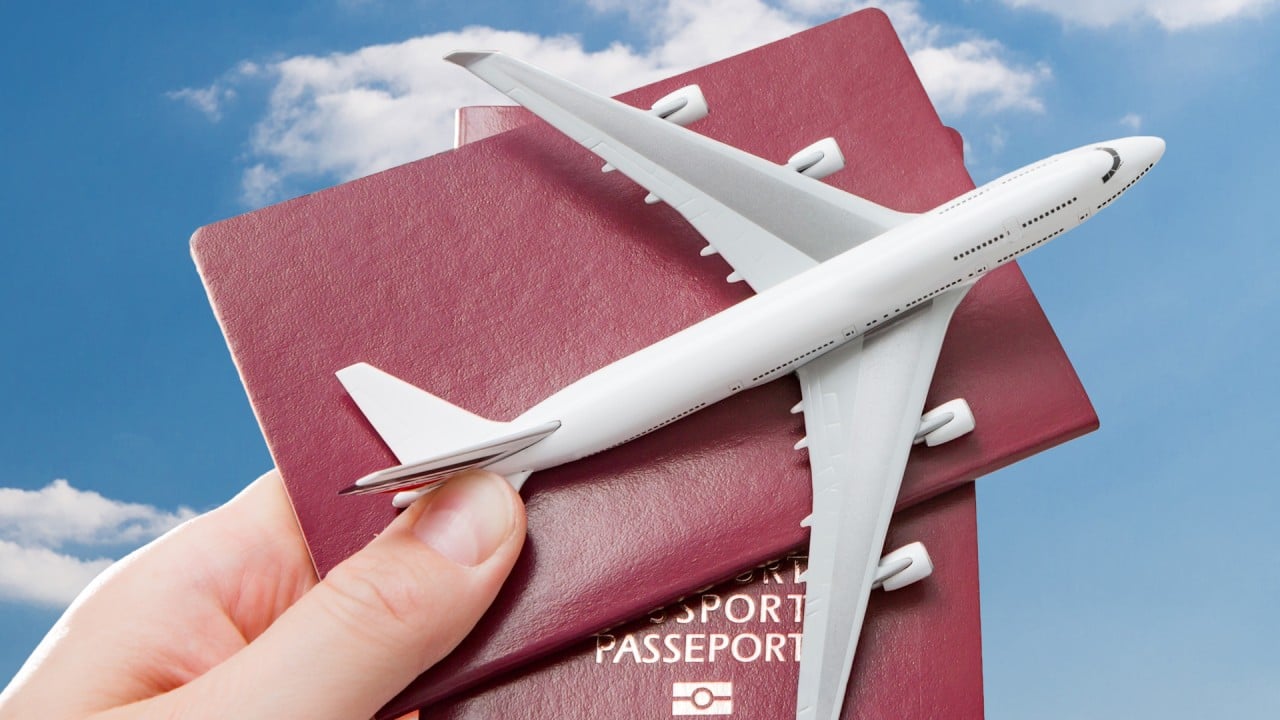
China international flights are finally starting to bounce back, buoyed by easing of border controls and need to elevate economy
- Lunar New Year holiday seen as ‘a major catalyst’ in boosting international trips a year after China reopened from the pandemic
- Beijing has been relaxing visa rules in recent months as attention turns to offsetting the economic impacts of a property crisis and curtailed consumption
As China strives to make border crossings easier, with an eye on elevating economic growth in the face of considerable headwinds, international flights have seen a steady rise in recent months. And the numbers are getting closer to what was seen before the pandemic.
Passenger loads coinciding with the travel-intensive Lunar New Year holiday last month also reflected what analysts say has been a gradual rekindling of interest among Chinese travellers in foreign destinations following the country’s reopening of borders early last year.
The nation logged 4.9 million passenger trips on international flights last month, or 82 per cent of such trips taken in February 2019, according to figures reported by state broadcaster CCTV at the weekend and attributed to the Civil Aviation Administration of China.
And in January and February combined, international fliers reportedly took about 9.26 million trips. That marked a massive 707 per cent increase over the same period in 2023 while reaching roughly 77 per cent of the first two months in 2019.
China’s cashless-society shift is keeping foreign tourists from opening wallets
John Grant, a senior analyst with British aviation intelligence firm OAG, told the Post that “the rebound is built around China’s very late announcement to reopen in January 2023, and then a very tightly controlled easing of travel restrictions and entry requirements”.
“We are only, in the last four to five months, seeing any significant changes and recovery,” he said, noting that the Lunar New Year festivities were “a major catalyst”.
Zhang Chen, vice-president of Fliggy, the online travel platform of Alibaba Group, which owns the SCMP, touched on what the increase in travel interest could mean.
“We believe that independent [overseas] travel, and small-group tours, will continue to experience rapid growth in market share,” Chen said. “Consumer demand for trips with higher levels of freedom and a more personalised experience is expected to increase significantly.”
A Post review of government data found that direct round-trip flights linking China to other countries numbered 4,782 per week at the end of last year, up from fewer than 500 when the mainland reopened its borders at the beginning of last year.
According to UN World Tourism Organization data, China had become the world’s biggest tourism source market by 2019, accounting for 6 billion annual trips domestically and generating US$255 billion in tourism spending overseas.
Over the past half year, Chinese officials have relaxed visa rules to attract more visitors, in line with intentions to stimulate a national economy beset by a property crunch, employment hurdles and hesitant consumer spending.
Economic data, including retail sales and industrial output, also rebounded in the first two months of the year.
China’s economy rebounds at start of 2024, but property remains a ‘big problem’
Authorities with the National Immigration Administration met on Thursday to set out “requirements” for easier border crossings.
Traveller documentation and “experiences” at the borders should be improved for “convenience”, and as a means of smoothing economic cooperation, it said on its social media account.
It also vowed to “promote a deepening and merging of innovation chains, industrial chains, supply chains, finance chains and talent chains”.
But travellers from some of the world’s largest and wealthiest countries, including Japan and the United States, still need visas.
Meanwhile, China’s reputation as a destination for foreign investment and tourism has taken a hit amid Beijing’s stepped-up efforts to ensure national security, and against the backdrop of rising nationalism and tensions with the West.
When travelling to China to visit family in December, Lena Ong found that little had changed at the borders or in hotels. The 49-year-old Indonesian businesswoman has visited China since the 1990s, including in the years immediately preceding the pandemic. She said it still takes five days to get a visa through a travel agency.
“The difference is that China is more and more tourist-friendly,” Ong said. “The places are cleaner – even cleaner than most countries I have visited. No more littering and spitting.”
The rising number of international flight passengers in early 2024 reflects a “base effect” rather than a big leap in interest among travellers headed into or out of China, said Alicia Garcia-Herrero, chief economist for Asia-Pacific at French investment bank Natixis.
Lingering Covid-19 restrictions in 2023, and the impact of the US-China trade war that began in 2019, kept travel relatively light in both of those years, she said.



